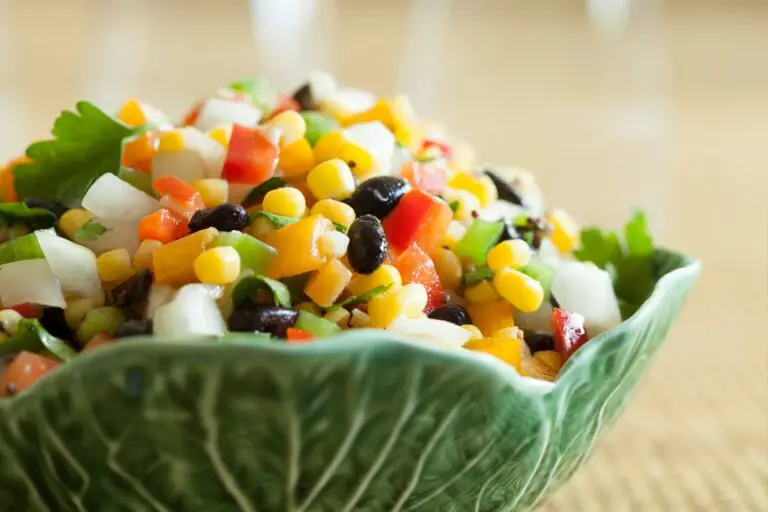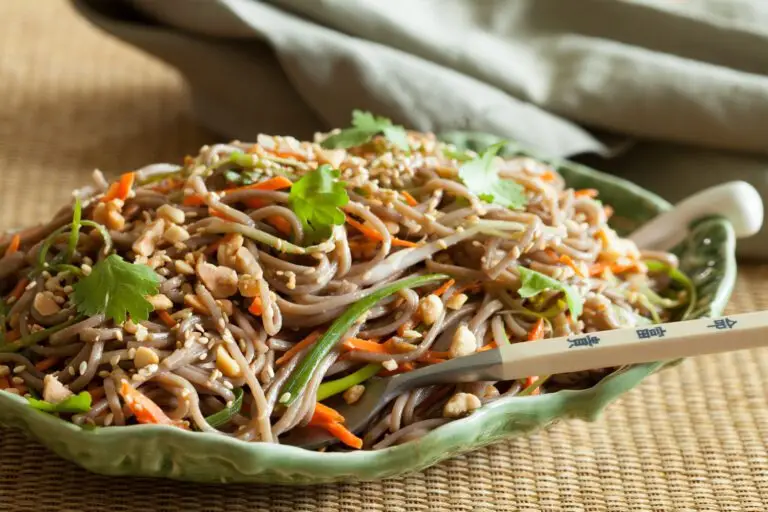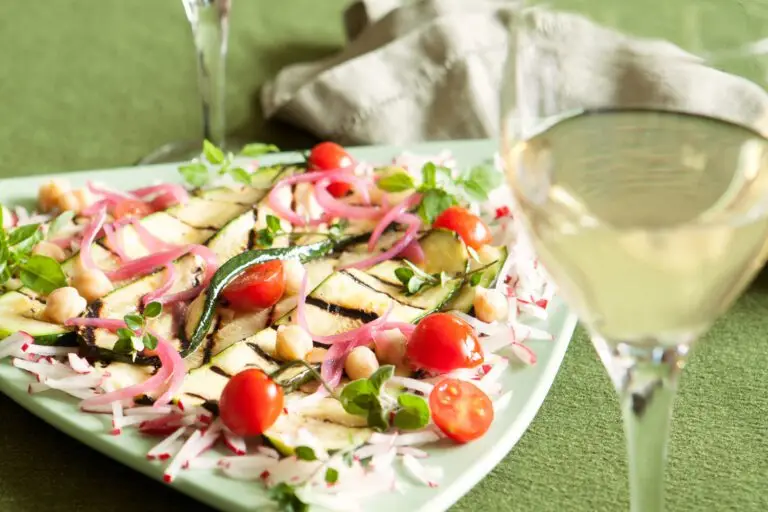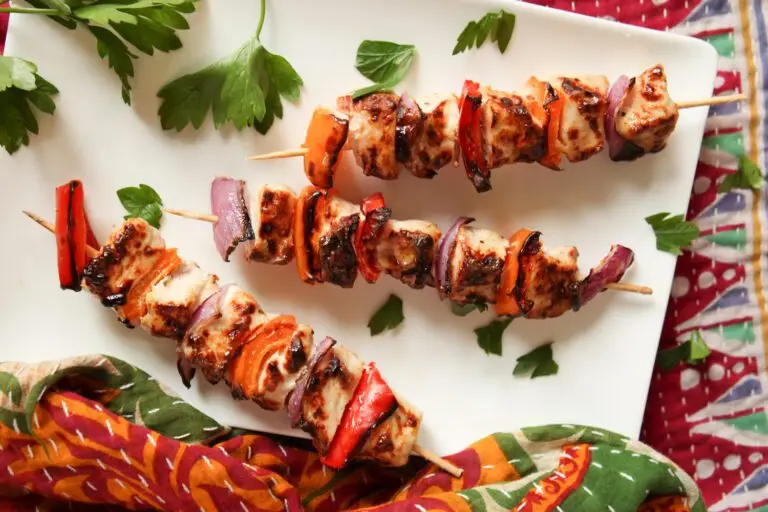My niece Jackie has lived in Tokyo for more than six years. With university degrees in Japanese culture, language, humanities and literature, Jackie is my go-to person for tips on how to cook, eat and think Japanese.
According to Jackie and her Japanese husband Tetsu, the foundations of the country’s cuisine are healthful and simple: fish, chicken, tofu, rice or noodles, vegetables and fruit artfully arranged in small portions on beautiful plates. Jackie suggests mastering the art of eating with chopsticks to enjoy cuisine the Japanese way, eating slowly and mindfully, and savoring every bite.
Gary: The delicacy of many of Japan’s entrees leads to elegant, stylish white wines with low oak or stainless steel contact to prevent the food from being overpowered. Think of the flavors that can be introduced in the preparation and you will see the taste challenges to weigh: salt, soy, heat, umami (savoriness), sweetness, acidity, bitterness and a variety of herbs and spices—the whole gamut of flavors are possible. Red wine to pair with red meats can be selected as one normally would and with consideration to the sauce or condiments, but with lighter entrees look for red wines with softer astringencies, round, fruity character and good acidity.
The wide variety of sake available will require some experimentation with the dish you are enjoying. There are quality, chilled sakes that have aromas and flavors that vary from simply fruity to richer, earthier characters, to full-bodied and intense impressions. Talk to your retailer for specific suggestions or call some friends together, split the cost and do experiment.
Soba Noodles with Tofu
Soba noodles form the basis of Japanese fast food. Served hot or cold, these buckwheat noodles contain all eight essential amino acids, plus iron, magnesium, potassium, phosphorus and zinc. Soba noodles are nuttier and chewier than the thicker udon noodle, also popular in Japan and often added to soups. To toast sesame seeds, cook over medium heat in a small skillet until golden. Use this recipe as a base and change the ingredients according to the season and your taste.
8 oz soba noodles, cooked according to package directions and drained
1 bunch asparagus, trimmed
2 scallions, sliced
1 TBS sesame oil
2 TBS canola or peanut oil
1 block extra firm tofu, patted dry
1/4 cup soy sauce
1/2 cup Sake or dry sherry
1/4 cup mirin
1 tsp sugar
1/2 tsp Sriracha sauce, or to taste
1 TBS sesame seeds, toasted
Preheat grill or broiler.
Brush asparagus and scallions with sesame oil and grill or broil about 8 minutes or until tender and browned. Chop and set aside.
Heat canola oil in a wok. Add the block of tofu and sauté over medium heat for 8 minutes or until golden and crisp. Remove and dice.
Over medium heat, whisk soy sauce, sake, mirin, sugar and Sriracha sauce in wok. Add cooked noodles and stir gently to coat, sautéing about 1–2 minutes or until heated through.
Divide noodles among 4 bowls. Top with tofu, asparagus, scallions and sesame seeds.
Serves 4.
Gary: The simple elegance of this dish would suggest whites with delicacy and acidity to stand up to the soy and salt and the astringency of the asparagus and the heat in the Sriracha sauce. Try Pinot Blanc/Pinot Grigio, Albariño, Soave/Garganega, Torrontes, Viognier and Riesling from light and softly sweet to drier styles with more body. If you are a red wine lover seek out the softest, most gentle reds you can find from Pinot Noir, Gamay and Tempranillo so as to not overpower the nuances of flavors in the preparation. If you are using the Sriracha sauce consider wines with lower alcohol and a hint of sweetness, unless you enjoy the increased heat brought about by higher alcohol levels.
California Rolls
I am not one to play with raw fish – I leave that to the experts. But California rolls feature all-cooked ingredients and are an impressive start to a Japanese meal. Sushi rice, wasabi paste, pickled ginger and rolling mats can be found at some grocery stores and most Asian markets. You can use real or imitation crab for this dish. I opt for the real thing, but it’s up to you.
4 cups cooked sushi rice
6 sheets toasted nori
1 ripe avocado, peeled, pitted and julienned
6 imitation crab sticks or about 6 oz fresh cooked crab, flaked
1 small English cucumber, peeled and julienned
Soy sauce, pickled ginger and wasabi paste, for serving
Divide rice into 6 equal portions.
If nori is not toasted, toast on baking sheet under broiler about 1 minute or until toasted.
Place 1 sheet of nori, smooth-side down, on a rolling mat. Spread 1 portion of rice over nori, leaving a 1/2-inch border.
Lay a few avocado slices in a line on the side closest to you. Add a bit of crab next to the avocado, followed by a bit of cucumber next to the crab.
Pick up the nearest edge of the rolling mat. Slowly roll the mat away from you to wrap the nori tightly around the filling.
Transfer the roll to a cutting board, seam-side down. With a wet, sharp knife, cut into pieces. Repeat 5 more times, with remaining ingredients. Serve with soy sauce, pickled ginger and wasabi paste.
Serves 4 – 6.
Gary: The fresh ingredients and gentle flavors, even the ginger and wasabi, are delightful with a sweeter white wine with crisp acidity. Think of whites that you might serve as an aperitif and the choices should be much simpler. Riesling is one of our greatest wine and food pairing grapes. It would be delightful in a reasonably-priced bottle that could be a pleasure to share with these rolls. Chenin Blanc/Vouvray and lighter Muscats/Moscatos would all be quite pleasant, as would a softly-sweet sparkler or some of the bright whites with a hint of effervescence, such as Muscadet, Vinho Verde and Txakolina.
Steak Tips with Yum Yum Sauce
If you’ve eaten at a hibachi-style Japanese restaurant, you’ve enjoyed steak and garlicky yum yum sauce. While the Japanese eat beef sparingly, there’s nothing wrong with splurging every so often on some tender steak tips and the yummiest of yum yum sauces. Start the sauce the night before for the fullest flavor.
2 lbs beef tenderloin, cut into cubes
2 TBS canola or peanut oil
Cooked rice
Scallions, chopped
Yum Yum Sauce
1-1/4 cups real mayonnaise (preferably Hellman’s)
1/4 cup water
1 TBS butter, melted and cooled slightly
1 tsp tomato paste
1 tsp white sugar
1 tsp paprika
3 cloves garlic, pressed through garlic press
1-2 drops Sriracha sauce, if desired
In a small bowl, whisk all ingredients. Refrigerate overnight.
In a wok, in hot oil, sauté steak cubes until medium rare, or to desired doneness.
Serve on plates, garnished with scallions. Serve with Yum Yum Sauce in small bowls on the side. Excellent with sautéed zucchini, mushrooms and onions.
Serves 4.
Gary: Most reds will go quite nicely with this dish. Try younger, softer-styled wines with lower astringencies to stand up to the garlic and heat. Try fuller-bodied reds with supple tannins from Cabernet Sauvignon, Cabernet Franc, Merlot, Carmenere, Syrah/Shiraz and Malbec to make this course a gastronomic experience.




